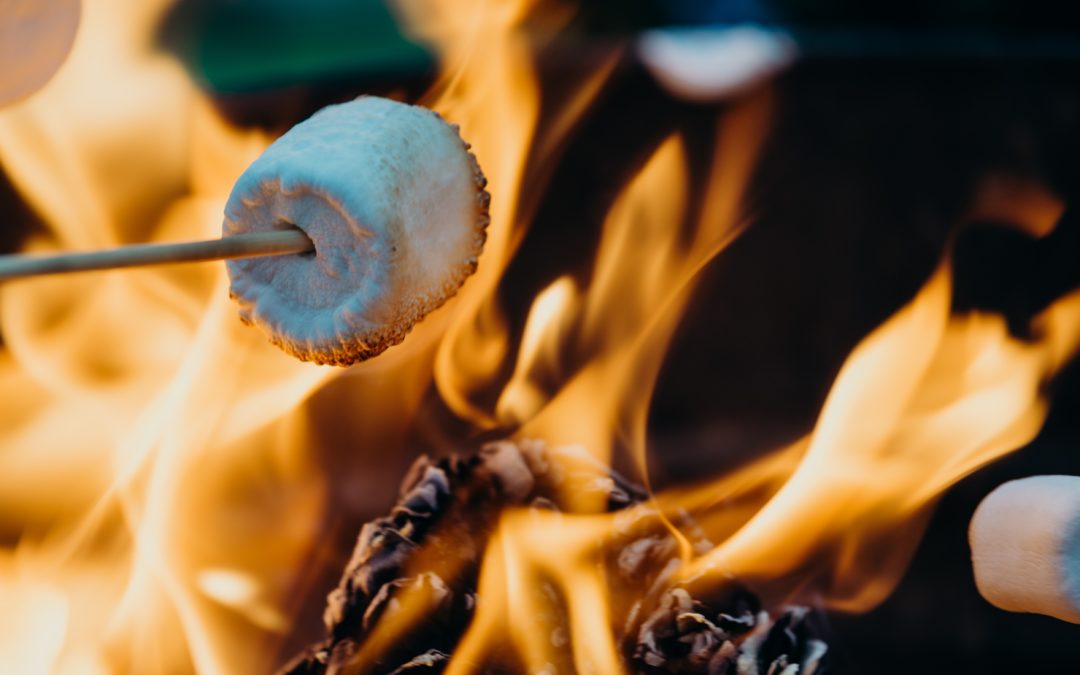This blog is 4/4 of our FIRE- financial independence, retire early mini-series brought to you by Kate Cambell, founder of How to Money (HTM).
So now we’ve covered the basics of what the FIRE movement is, the steps to achieving FIRE and some of the common misconceptions that the media will push at you, let’s talk about how you can start planning your own FIRE journey!
Get Started Learning the Basics of Personal Finance ASAP!
This is a crucial first step, and one you should take regardless of your goals and intentions. The financial system can seem very complex from the outside, and without having a basic level of financial literacy you can end up at a severe disadvantage when it comes to selecting products, paying fees and following advice and recommendations. Find independent sources of financial information to learn from, and try to take one small step each day to improve your financial literacy!
Work Out Your Personal FI Number + Make a Plan to Reach It
Have a look at the different safe withdrawal rate studies out there, and break down how much you spend each year on living costs. You’re going to need to work out how much you need to comfortably live on each year (don’t forget to include money for travel or kids if they’re in the cards). If I’m happy to live off $40,000 per year, my FI number will be around $1M – and I’ll therefore need to make a plan to reach that.
I highly recommend you start playing around with a compound interest calculator to see how much you’ll need to save and invest every year to achieve FIRE. In this scenario it would take me approximately 20 years of investing $2,000 a month to reach $1M (anticipating an average return of 7% per year over the 20 years).
Optimise Your Life to Increase Your Income and Decrease Your Spending
Once you’ve worked out your FI number and how much you’ll need to invest every year to make it work, it’s time to make sure that money is available to invest. This happens by upskilling yourself to increase your income and/or building up a second source of income (e.g. side hustle, extra shifts, second job, gig work).
The other part to this is by quitting your quest to keep up with the Joneses and slowing down the flow of cash coming out of your bank account. Whether you do this by living in a smaller house, not buying brand new cars or cutting up the credit card, it’s important to ensure you live a modest lifestyle and don’t get stuck into the quest for materialistic items that probably won’t bring you joy long term.
So Where to Now?
So now that we’ve covered the fundamentals of FIRE, it’s up to you which way you go. The big attraction of financial independence for me, is the feeling of empowerment and self-sufficiency it can give you. For me it’s not necessarily about early retirement (although I may choose that), but the ability to make choices from a position of strength and give back to the world.
Even if you don’t reach financial independence by 40, you’re going to be in a much stronger position financially, than you would be without pursuing this path. With this goal, even failing to achieve the desired outcome sets you up in a much better position. It’ll be a challenge and an adventure, but I’m you’ll sure you’ll find that it’s worth it! The internet is your friend when it comes to FIRE, so start exploring the stories of those pursuing this path and join a local FIRE Meetup group!
Keep Reading
- The Next Millionaire Next Door (US focused book that examines the traits and attitudes of everyday millionaires)
- Playing With FIRE (a brand new documentary and book that takes you through the basics of the FIRE movement)
- Frugalwoods (a couple who have achieved FIRE through frugality)
- My Favourite FIRE Resources
Kate is the Founder of How To Money (HTM). Kate created HTM to help young Australians start talking about personal finance, and share the resources she finds along her financial education journey. Kate started her own journey a few years back and now works in the finance industry, while completing her undergraduate degree

